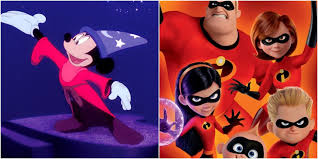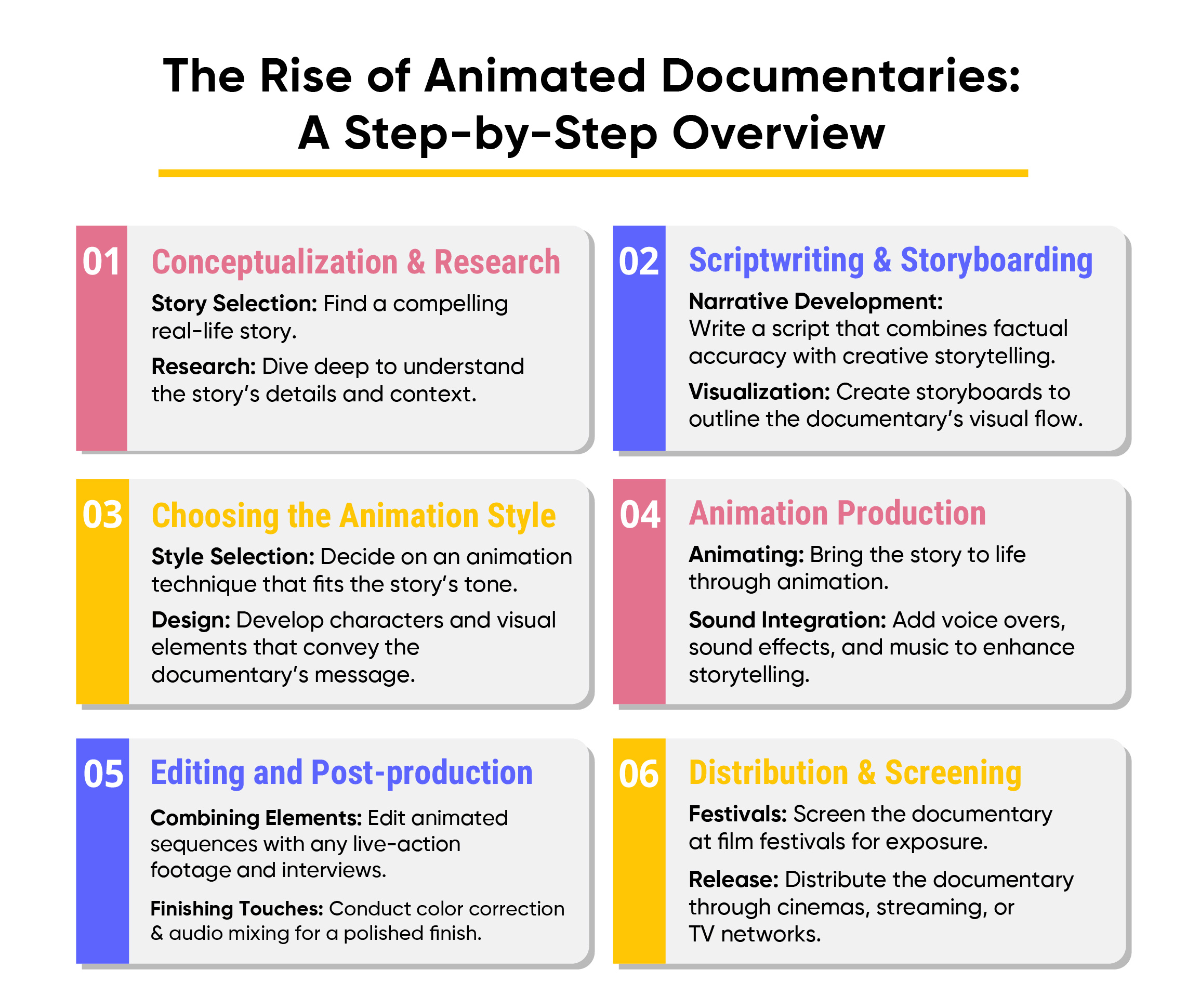Exploring the World of Long Animated Movies

Long animated movies hold a special place, captivating audiences with their blend of storytelling, artistry, and technological marvel. These films, far beyond mere “Long Animated Cartoons,” have evolved into a significant cultural phenomenon, influencing not just children but adults alike. Today, we embark on a journey to explore this captivating world, its history, its impact, and what the future holds for this beloved genre.
The Evolution: From Sketches to 3D Wonders
The journey of animated films is as colorful and dynamic as the movies themselves. Initially, animations were simple, hand-drawn sketches that moved at the command of the artist’s hand. Fast forward to the present, and we’re immersed in the era of 3D animation, where characters and worlds come to life with startling detail and depth. This evolution from flat drawings to three-dimensional marvels showcases the relentless pursuit of more lifelike and engaging storytelling.
The Golden Age of Animation
It all started with pioneering efforts that brought animated characters to the silver screen, creating a new form of entertainment. These early films laid the foundation for what was to become a thriving industry. Characters like Mickey Mouse and Bugs Bunny became household names, enchanting generations with their antics.
Breaking the Mold: The Rise of Feature-Length Films
As technology progressed, so did the ambition of animators. The introduction of feature-length animated films marked a significant turning point. These weren’t just cartoons; they were epic tales told through animation, with complex characters and intricate plots that rivaled their live-action counterparts.
The Digital Revolution: Enter 3D Animation
The advent of computer-generated imagery (CGI) transformed the landscape of animated movies. Films like “Toy Story” broke new ground, being the first fully computer-animated feature film. This ushered in a new era of 3D animation, where the possibilities seemed endless. Studios could now create worlds and characters with a level of detail and realism previously unimaginable.

The Impact of Long Animated Movies on Culture and Education
Long animated movies have had a profound impact on both culture and education. They’ve become a canvas for storytelling that transcends age, language, and geography, conveying universal themes of love, courage, and friendship. Moreover, these films often carry important messages and morals, making them powerful tools for education. Animated Educational Videos, for instance, have become a staple in classrooms around the world, using animation’s engaging nature to teach complex subjects in an understandable and memorable way.
Animated Films as Educational Tools
The educational potential of animated movies is immense. They have the power to simplify complex concepts, making them accessible to younger audiences. Subjects like history, science, and literature can be brought to life through animation, providing a dynamic learning experience that textbooks alone cannot offer.
The Artistry Behind the Scenes
Creating a long animated movie is a monumental task that combines art, technology, and storytelling. It’s a collaborative effort that involves hundreds of artists, animators, voice actors, and technicians, each playing a crucial role in bringing the vision to life.
The Role of Technology in Animation
Technology is at the heart of modern animation. Tools and software that enable 3D modeling, texture rendering, and animation have opened up new avenues for creativity. Animators can now create scenes of incredible complexity and beauty, pushing the boundaries of what’s possible on screen.
The Importance of Storytelling
Despite the technological advances, the essence of a great animated movie lies in its storytelling. The best animated films are those that tell compelling, emotionally resonant stories that connect with the audience. The characters must be well-developed, the plot engaging, and the themes universal. This timeless aspect of storytelling is what makes animated movies so enduringly popular.
The Future of Long Animated Movies
As we look to the future, it’s clear that long animated movies will continue to evolve and captivate audiences worldwide. With advancements in virtual reality (VR) and augmented reality (AR), the next frontier for animation is immersive experiences that could redefine cinema as we know it.
The Potential of VR and AR in Animation
Imagine stepping into an animated world, walking alongside the characters, and experiencing the story firsthand. VR and AR technologies have the potential to make this a reality, offering a level of immersion and interactivity that traditional films cannot match.
A Comparative Look: Animated vs. Live-Action Films
To understand the unique appeal of long animated movies, let’s briefly compare them with their live-action counterparts.
| Aspect | Animated Movies | Live-Action Movies |
| Storytelling | Unlimited by physical constraints, allowing for more imaginative and fantastical stories. | Often grounded in reality, with physical limitations on what can be portrayed. |
| Visuals | Can be more vibrant, expressive, and stylized. | Tend to focus on realism, with CGI used to enhance or create effects. |
| Production Time | Can take years to produce due to the complexity of animation. | Varies, but generally shorter than animated films unless extensive CGI is involved. |
| Audience Perception | Often seen as suitable for all ages, with the ability to tackle complex themes in accessible ways. | Can be targeted at specific demographics, with a wider range of genres. |
Wrapping Up
Long animated movies are a testament to human creativity and technological advancement. They’ve grown from simple cartoons to complex works of art that can entertain, educate, and inspire. As we continue to push the boundaries of what’s possible, the magic of animation will only grow stronger, enchanting new generations and continuing to play a vital role in our cultural landscape. Whether it’s through 3D animation or animated educational videos, the world of animation is boundless, offering endless possibilities for storytelling and visual artistry.
FAQs
Q 1: How long does it take to make a long animated movie?
The production time can vary widely, from a few years to over half a decade, depending on the complexity of the animation and the story.
Q 2: Are animated movies only for children?
Absolutely not! While many animated films are family-friendly, the genre encompasses a wide range of themes and stories that can appeal to adults as well.
Q 3: What's the difference between 2D and 3D animation?
2D animation involves creating movement in a two-dimensional space, using traditional hand-drawn techniques or computer software. 3D animation, on the other hand, adds depth to the imagery, creating fully realized three-dimensional characters and environments.
Q 4: Can animated movies be considered art?
Yes, animated movies are a form of art. They combine visual art, storytelling, music, and sometimes even poetry to create works that can evoke a wide range of emotions and thoughts.
Q 5: What's next for animated movies?
The future looks bright, with advances in technology and storytelling. We can expect to see more immersive experiences, perhaps through VR and AR, and stories that continue to push the boundaries of imagination.










